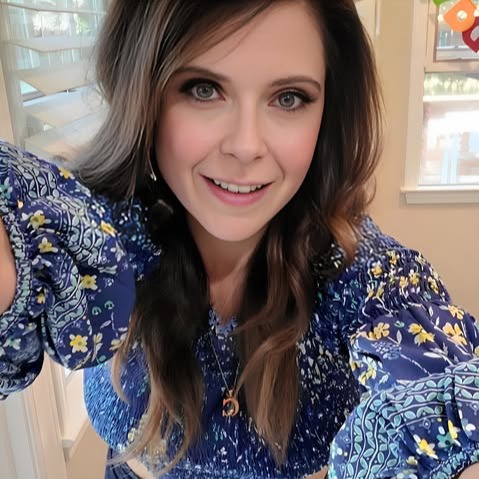American research team reports for possibly curing HIV in a woman for first time

An American team of researchers has reported that it has possibly cured HIV in a woman for the first time. Building on previous successes and failures in the HIV-cure research field, these scientists used a cutting-edge stem cell transplant method that they expect will expand the pool of people who could receive the same treatment to several dozen annually. Researchers have also mentioned two women whose immune systems have, quite extraordinary, apparently defeated the virus.
In the first case of what has ultimately been deemed a successful HIV cure, investigators treated the American Timothy Ray Brown for acute myeloid leukaemia or AML. He received a stem cell transplant from a donor with a rare genetic abnormality that allows the immune cells that HIV targets natural resistance to the virus. The strategy has apparently cured HIV in two other people. But it has also failed in several other people also.The process is meant to replace an individual's immune system with another person's, treating their cancer while also curing their HIV. At first, the physicist must destroy the existing immune system with chemotherapy and sometimes irradiation. The hope is that it also destroys as many immune cells as possible that still quietly harbour HIV despite effective antiretroviral treatment.Dr Deborah Persaud, a specialist in pediatric infectious disease at the Johns Hopkins University School of Medicine who also chairs the NIH-funded scientific committee behind the new case study, said that, "While we are very excited about the new case of possible HIV cure, the stem cell treatment method is still not a feasible strategy for all but a handful of the millions of people living with the HIV."
The team has long sought to curtail the considerable challenge that investigators face in looking for a donor whose stem cells could treat cancer and HIV.
Traditionally, such a donor must have a close enough human leukocyte antigen to increase the likelihood that the stem cell transplant will engraft well. The donor must also have the rare genetic abnormality conferring HIV resistance.
This genetic abnormality primarily happens in people with northern European ancestry and even among the natives of that area.
Author Profile
Monika Walker is a senior journalist specializing in regional and international politics, offering in-depth analysis on governance, diplomacy, and key global developments. With a degree in International Journalism, she is dedicated to amplifying underrepresented voices through factual reporting. She also covers world news across every genre, providing readers with balanced and timely insights that connect the Caribbean to global conversations.
Latest
- Jamaica: Massive fire on Mountain View Avenue leaves 20 home...
-
Morocco: Double building collapse in Fez kills at least 22,... -
Trinidad: Funeral service set for 15-year-old QRC student fo... -
Belize: 35-year-old charged with murder of 61-year-old girlf... -
Belize: Gang Boss Jahreem Staine, pleads not guilty to gang...








